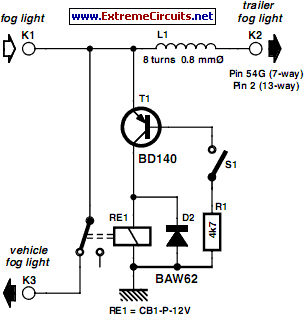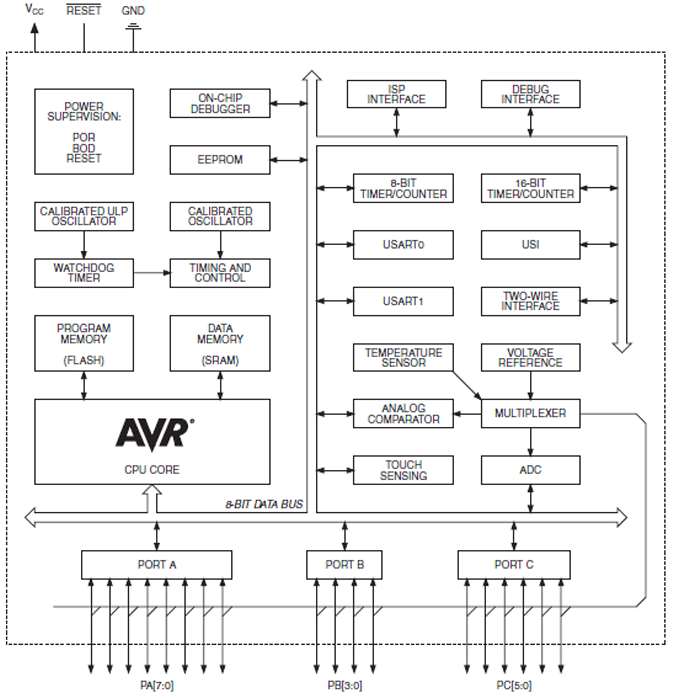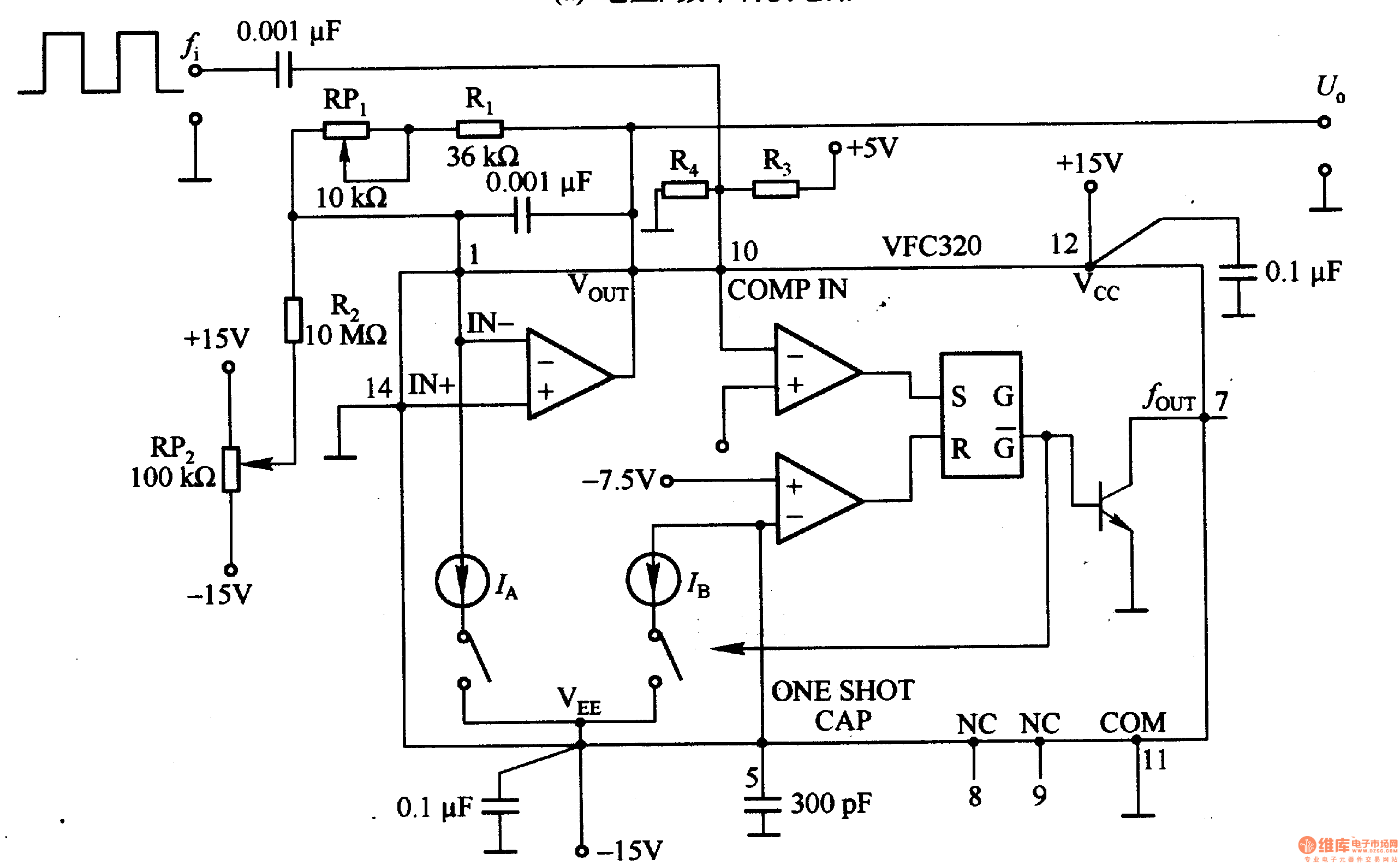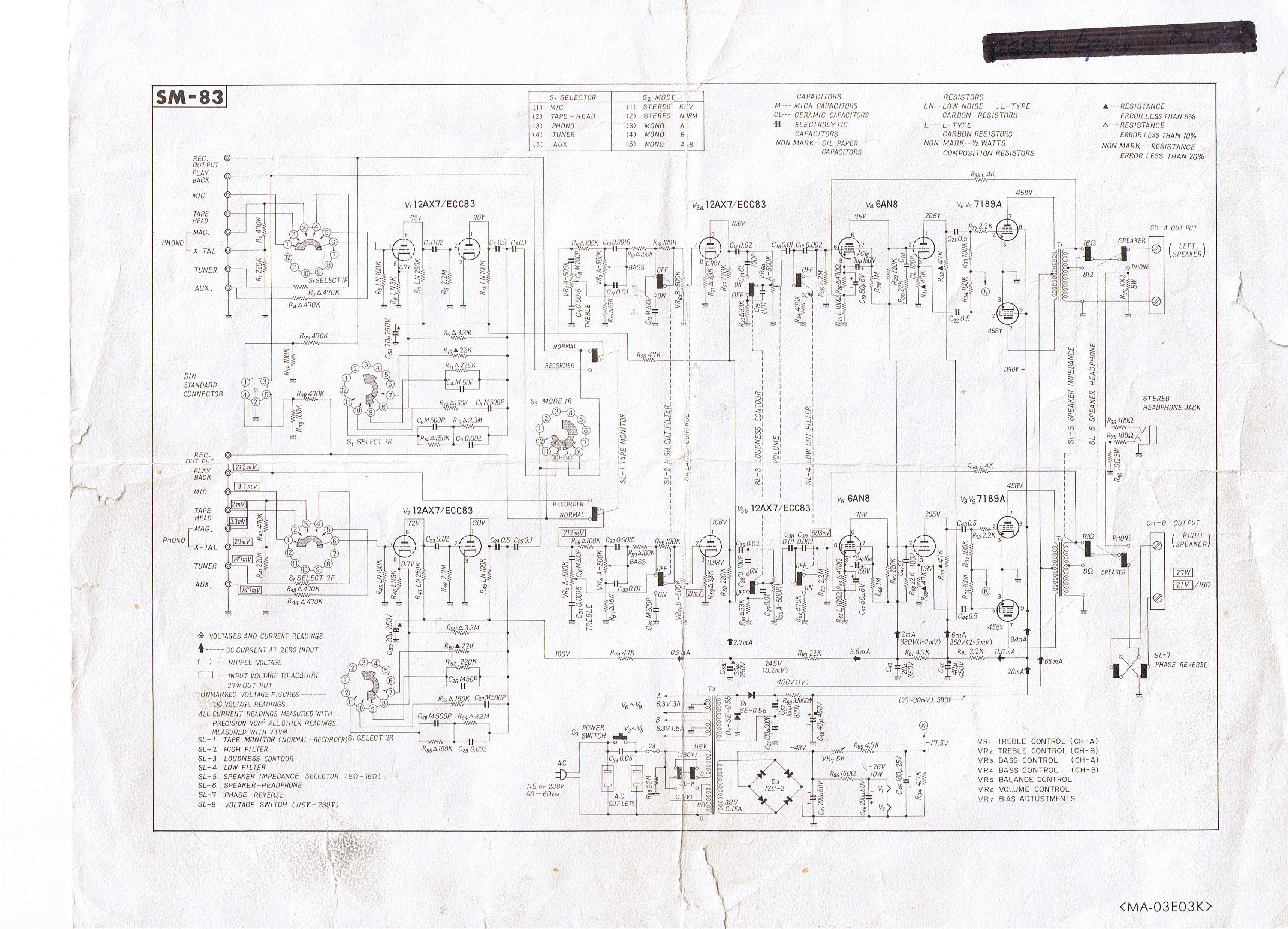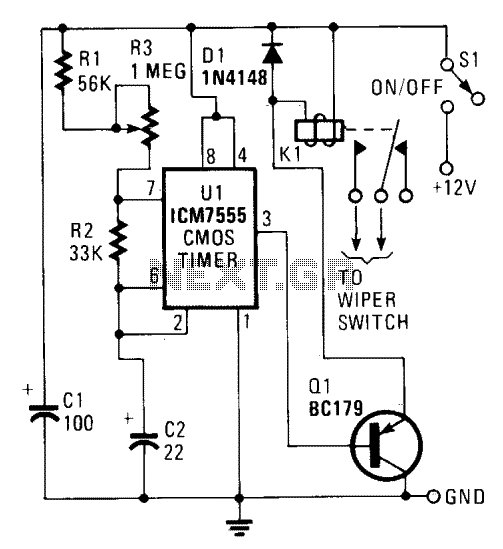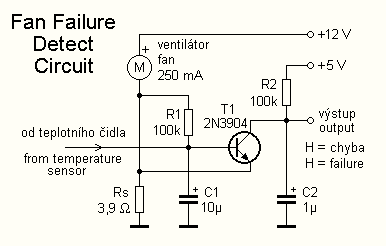
50w stereo audio amplifier circuit
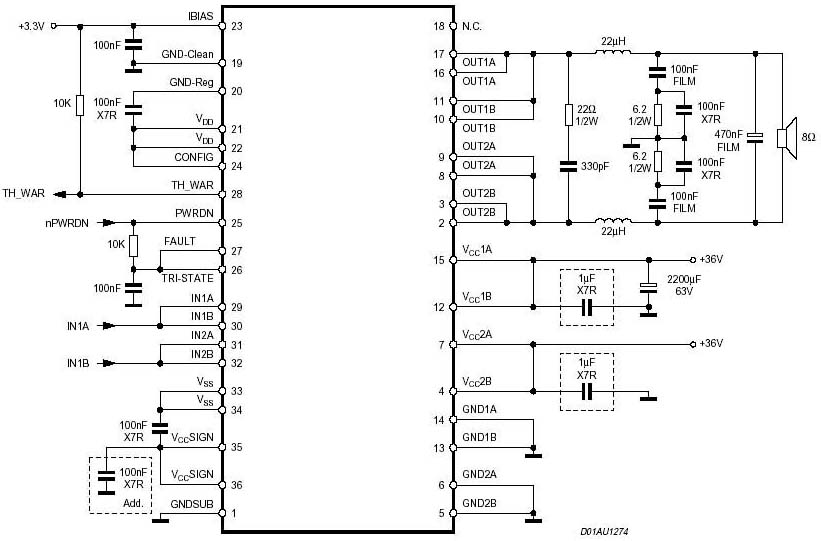
A 1000 Watts audio power amplifier circuit designed for outdoor use. A circuit diagram is needed urgently to facilitate the construction of this high-power amplifier, which is a personal passion project.
The design of a 1000 Watts audio power amplifier circuit for outdoor applications involves several key components and considerations. The amplifier must be capable of driving high-power speakers efficiently while maintaining sound quality.
The circuit typically includes a power supply capable of delivering sufficient voltage and current, often in the range of ±50V to ±70V, depending on the specific design and output stage configuration. A robust transformer or a switch-mode power supply may be employed to achieve the necessary power levels.
The amplifier stage can be designed using complementary push-pull transistor configurations, utilizing high-power transistors such as the MJ2955 or TIP35 for the output stage. These transistors must be adequately heat-sinked to prevent thermal overload during operation. The biasing network is crucial for ensuring linear operation and minimizing distortion, often implemented using a combination of resistors and diodes to set the quiescent current.
Input signal conditioning may include a preamplifier stage, which can be built using operational amplifiers (op-amps) such as the TL072 or NE5532, providing necessary gain and impedance matching. Feedback mechanisms should be integrated to enhance stability and reduce harmonic distortion, thus improving overall audio fidelity.
The output stage should incorporate a low-pass filter to eliminate high-frequency noise and prevent unwanted oscillations. Additionally, protection circuits such as fuses or circuit breakers should be included to safeguard the amplifier from overload conditions.
For outdoor use, the amplifier must be housed in a durable, weather-resistant enclosure to protect against environmental factors. Proper ventilation is also essential to ensure that heat generated during operation is dissipated effectively.
The circuit layout should be designed with careful consideration of trace widths and component placement to minimize parasitic capacitance and inductance, which can adversely affect performance at high power levels. A well-designed PCB is recommended to maintain signal integrity and reliability.
In summary, constructing a 1000 Watts audio power amplifier requires careful attention to power supply design, component selection, thermal management, and circuit layout to achieve the desired performance in outdoor environments.A 1000 Watts Audio power Amplifier circuit for my outdoor use so I dont have any circuit diagram so if your having it then plz. its very urgent somehow I want to build it, its my passion, building an amplfier of high power 🔗 External reference
The design of a 1000 Watts audio power amplifier circuit for outdoor applications involves several key components and considerations. The amplifier must be capable of driving high-power speakers efficiently while maintaining sound quality.
The circuit typically includes a power supply capable of delivering sufficient voltage and current, often in the range of ±50V to ±70V, depending on the specific design and output stage configuration. A robust transformer or a switch-mode power supply may be employed to achieve the necessary power levels.
The amplifier stage can be designed using complementary push-pull transistor configurations, utilizing high-power transistors such as the MJ2955 or TIP35 for the output stage. These transistors must be adequately heat-sinked to prevent thermal overload during operation. The biasing network is crucial for ensuring linear operation and minimizing distortion, often implemented using a combination of resistors and diodes to set the quiescent current.
Input signal conditioning may include a preamplifier stage, which can be built using operational amplifiers (op-amps) such as the TL072 or NE5532, providing necessary gain and impedance matching. Feedback mechanisms should be integrated to enhance stability and reduce harmonic distortion, thus improving overall audio fidelity.
The output stage should incorporate a low-pass filter to eliminate high-frequency noise and prevent unwanted oscillations. Additionally, protection circuits such as fuses or circuit breakers should be included to safeguard the amplifier from overload conditions.
For outdoor use, the amplifier must be housed in a durable, weather-resistant enclosure to protect against environmental factors. Proper ventilation is also essential to ensure that heat generated during operation is dissipated effectively.
The circuit layout should be designed with careful consideration of trace widths and component placement to minimize parasitic capacitance and inductance, which can adversely affect performance at high power levels. A well-designed PCB is recommended to maintain signal integrity and reliability.
In summary, constructing a 1000 Watts audio power amplifier requires careful attention to power supply design, component selection, thermal management, and circuit layout to achieve the desired performance in outdoor environments.A 1000 Watts Audio power Amplifier circuit for my outdoor use so I dont have any circuit diagram so if your having it then plz. its very urgent somehow I want to build it, its my passion, building an amplfier of high power 🔗 External reference
